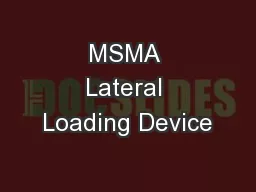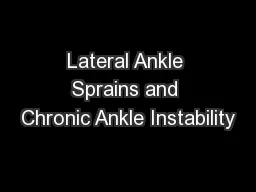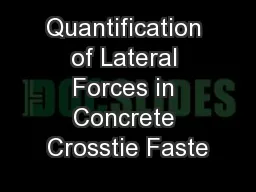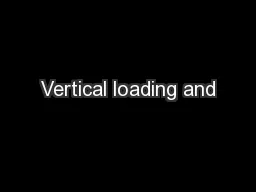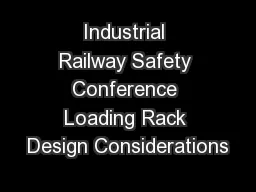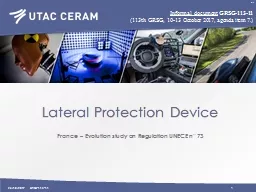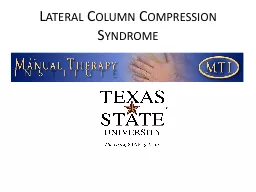PPT-MSMA Lateral Loading Device
Author : sherrill-nordquist | Published Date : 2017-03-15
Concept Generation and Selection Presented by Matthew Batten Cody Burbank Jonathan McCurdy Thaddeus Grudniewksi amp Joy Weber October 29 2013 Overview Project
Presentation Embed Code
Download Presentation
Download Presentation The PPT/PDF document "MSMA Lateral Loading Device" is the property of its rightful owner. Permission is granted to download and print the materials on this website for personal, non-commercial use only, and to display it on your personal computer provided you do not modify the materials and that you retain all copyright notices contained in the materials. By downloading content from our website, you accept the terms of this agreement.
MSMA Lateral Loading Device: Transcript
Download Rules Of Document
"MSMA Lateral Loading Device"The content belongs to its owner. You may download and print it for personal use, without modification, and keep all copyright notices. By downloading, you agree to these terms.
Related Documents

